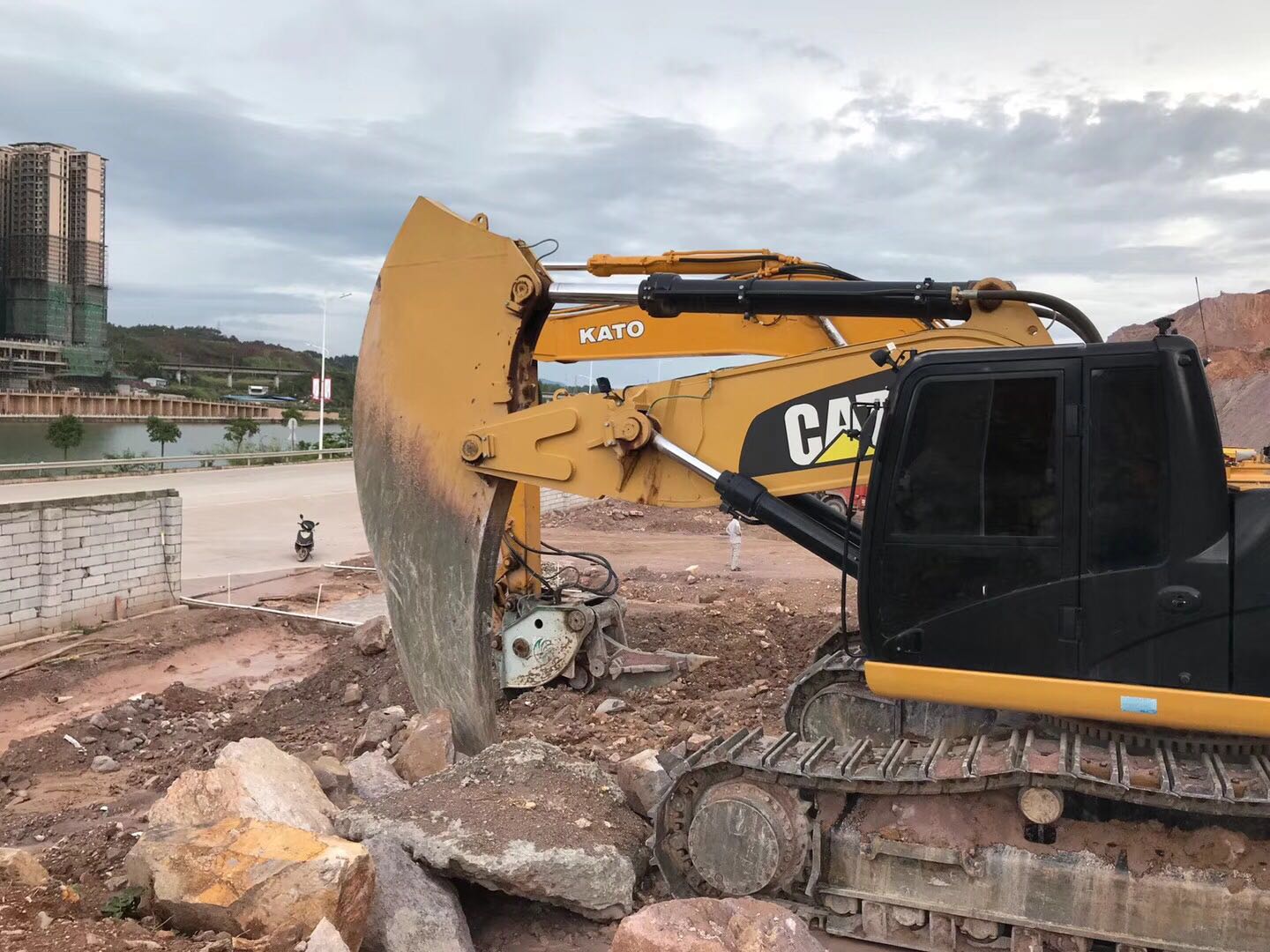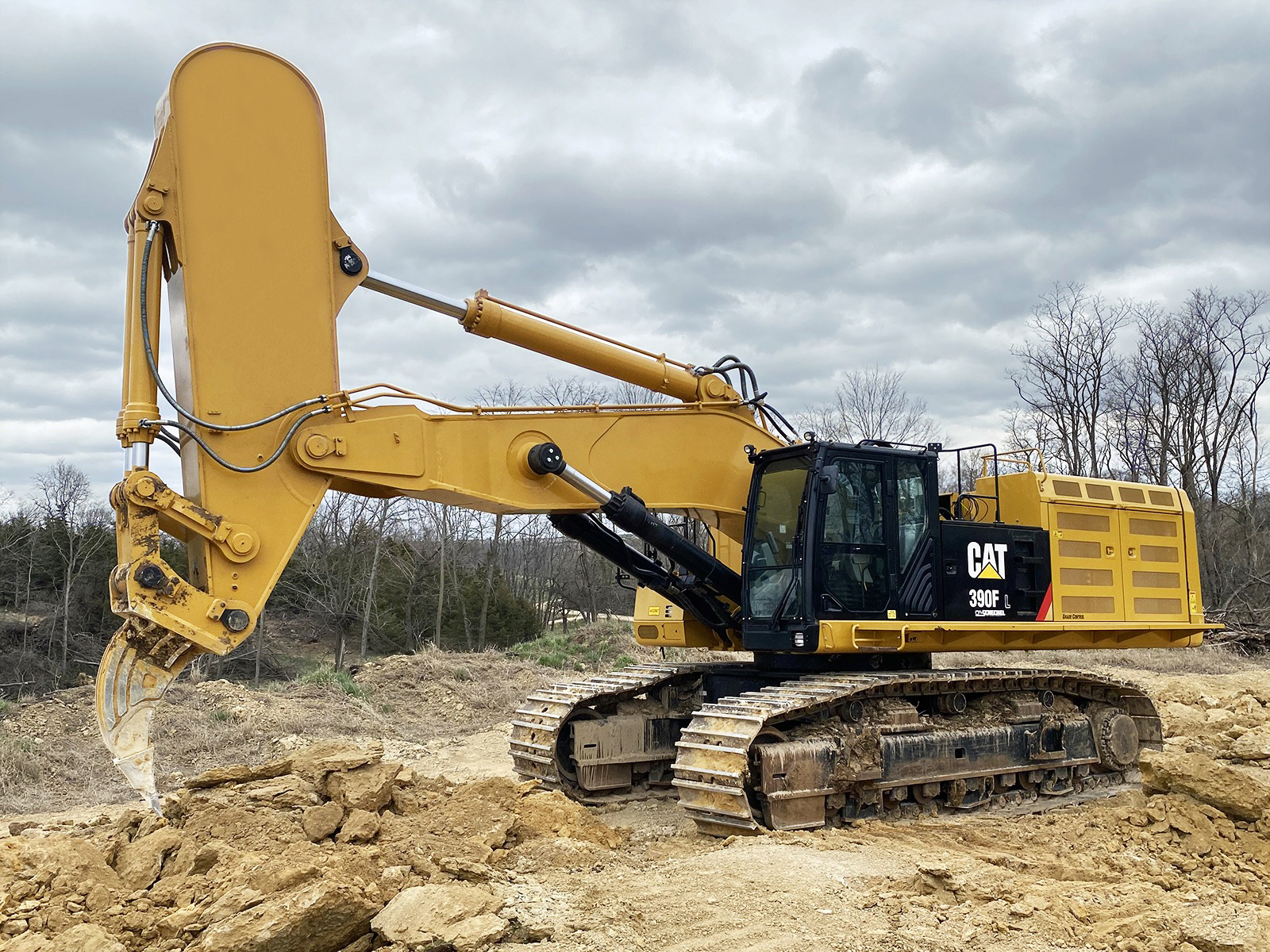In the realms of construction and demolition, specialized attachments like excavator rock arms significantly boost an excavator’s ability to manage rugged terrains and tough materials. Given their power and complexity, a deep understanding of their operations and inherent risks is essential. This blog aims to serve as a comprehensive safety manual, detailing the necessary precautions, potential hazards, and best practices for safe operations.

Understanding Excavator Rock Arms
Excavator rock arms are robust attachments designed for breaking, lifting, and removing rocks and other hard materials, often utilized in quarrying, mining, and significant construction efforts. Due to their potent nature, using rock arms demands precision and meticulous handling.
Key Safety Features:
- Enhanced Operator Cab Protection: The force with which rocks are broken and dispersed can pose projectile risks. To counter this, operator cabs are fortified with reinforced glass and protective barriers.
- Automatic Shutdown Systems: These systems prevent mechanical failures by shutting down the rock arm when it operates outside safe parameters, thanks to integrated sensors.
- Noise and Vibration Dampeners: Extended exposure to noise and vibration may affect health adversely, which is mitigated by dampeners in modern systems.
Safety Procedures:
- Routine Inspections: Before deployment, a thorough inspection for wear, damage, and hydraulic integrity is crucial. Also, verify the security of all safety guards.
- Job Site Assessment: Check the work environment for risks like unstable grounds or overhead hazards, planning operations to minimize potential rock slides or structural collapses.
- Operator Training and Certification: Operators must be trained specifically for handling these heavy-duty attachments, focusing on safe operational techniques and emergency responses.
Examples of Hazards and How to Mitigate Them:
- Rock Ejection and Flyrock: The high-velocity ejection of rock fragments can be dangerous. Clear the surrounding area and maintain a safe distance for all personnel, with operators remaining inside the protected cab.
- Attachment Failure: Ensure the rock arm is securely attached before use, checking all connection points and utilizing locking pins.
- Unstable Operation Surface: Operating on uneven surfaces can risk equipment stability. Always evaluate ground stability, utilize stabilizing pads, and position the excavator appropriately to prevent tipping.
Case Study: Safe Rock Arm Operation
In a project tasked with clearing granite boulders, a construction company's operator identified and replaced a damaged hydraulic line during pre-operation checks, ensuring all safety protocols were followed. The site was prepared with clear safety zones, and the systematic rock-breaking procedure allowed for a controlled and safe material removal process, culminating in an incident-free completion.

Conclusion
Effective and safe operation of excavator rock arms is vital for reducing risks in heavy-duty tasks. Adhering to rigorous training, thorough checks, and strict safety protocols can safeguard not just the operators but also their teams. The formidable power of rock arms necessitates an equal measure of responsibility and safety commitment from those who operate them.
 HuiTong
HuiTong  2025-06-13
2025-06-13

